Seismological Society of America > News
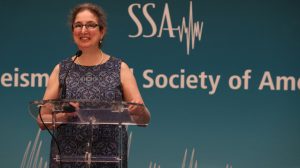
19 July 2023–Like all scientific disciplines, seismology is not immune to trends. And right now, creeping faults are having a bit of a moment, according to Ruth Harris. The topic is a long-time research interest of Harris, a Senior Scientist with the U.S. Geological Survey’s Earthquake Science Center and president … Continue Reading »
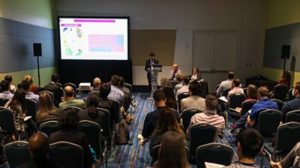
18 July 2023—It’s almost time to submit your session proposal for the next Annual Meeting. Learn how to get started at the SSA mentoring session on 25 July. Organizing a session for the SSA Annual Meeting is one of the best ways to make a splash in the global seismological … Continue Reading »
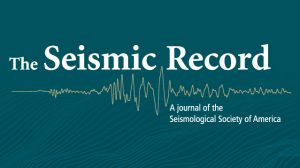
17 July 2023–The Seismological Society of America (SSA)’s journal The Seismic Record is now included in the Directory of Open Access Journals (DOAJ), a key community-driven service advocating best practices and standards in open access. The journal was included in DOAJ after meeting a rigorous set of qualifications with respect … Continue Reading »

13 July 2023 — The SSA community is invited to participate in a survey to identify the professional background and experience of those who engage with the Society. Member participation is at the heart of all successful SSA programs. We encourage participation in the process so that we are best … Continue Reading »
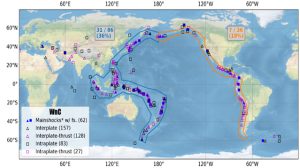
28 June 2023–Seismologists agree that foreshocks are the most widely identified signal of an upcoming mainshock earthquake. But do these foreshock sequences have distinctive characteristics that separate them from aftershock sequences, and could these characteristics be used to help forecast mainshocks? In a new paper in Seismological Research Letters, Nadav … Continue Reading »
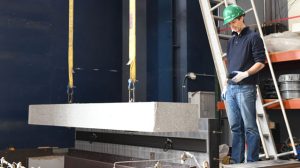
19 June 2023–Interested in math and science early on, and looking for a job that would benefit society, Greg McLaskey went to college to study civil engineering. “The thing that excited me the most about civil engineering was non-destructive testing,” he recalled, so he was soon learning all about wave … Continue Reading »






